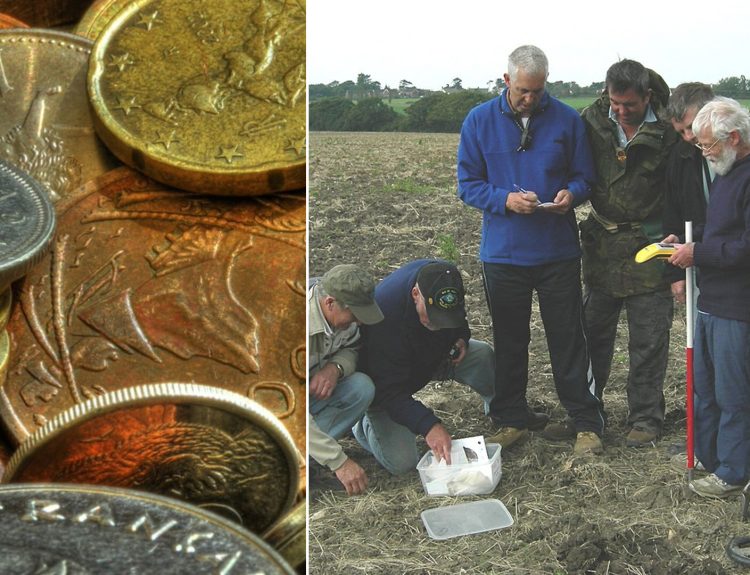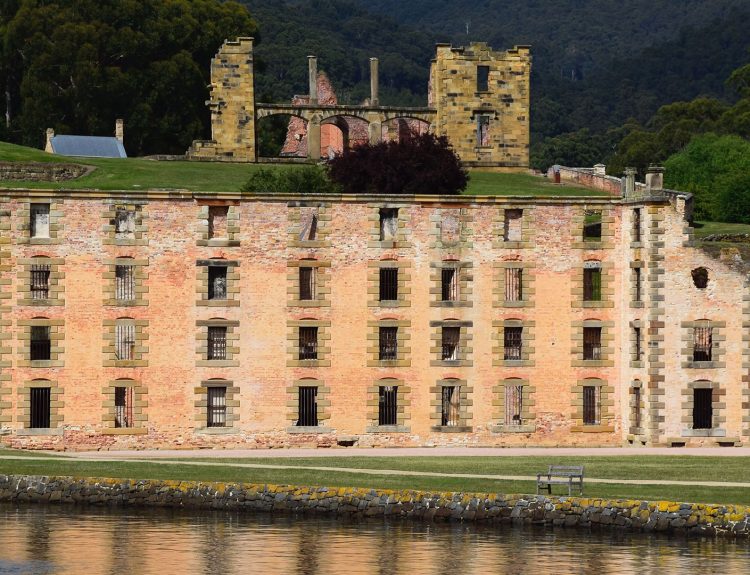Not many ancient civilizations like to admit it, but necromancy was a significant part of their belief system. Recent archaeological evidence suggests that a cave in Israel was believed to be a gateway to the underworld. Let’s look at what prompted these conclusions and what they can tell us.
A Cave With a Dark Other Life

Te’omim Cave, or “The Cave of the Twins” as translated, is a cave complex in Israel. It’s a highlight of a nature walk that takes visitors 1.9 miles (3 km) through a woodland area. The cave is open to members of the public most of the year but is closed in winter to preserve the hibernating bat population.
The cave shows a significant presence of archaeological artifacts that date across several periods in the area’s history. The earliest comprehensive study of the cave was undertaken in 1873 under the Survey of Western Palestine, which noticed archaeological remnants that might hint at when the cave was last used.
Early Remnants of Civilization
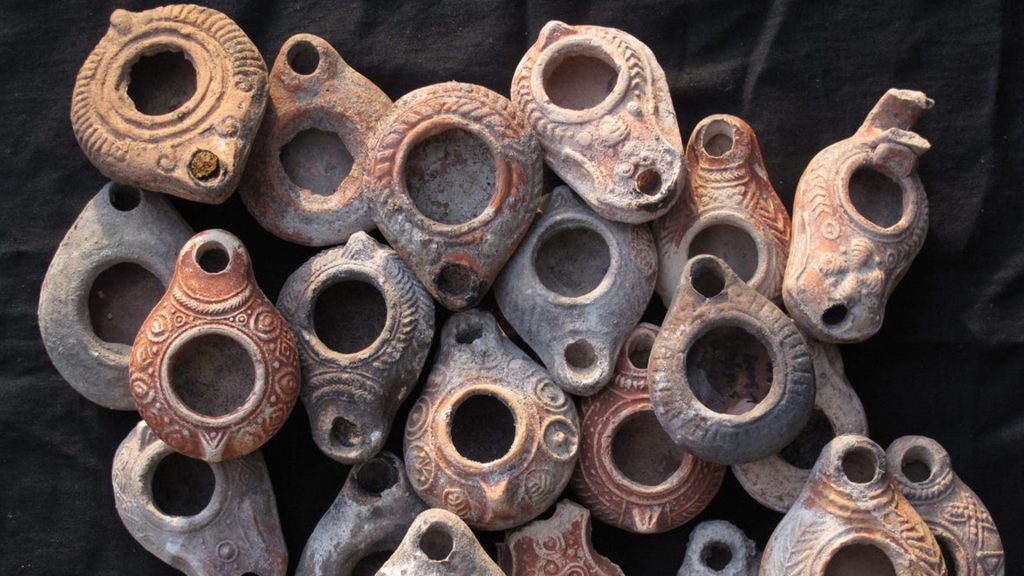
The earliest excavation of the caves found ancient remains and remnants that suggested the shelter used to house people in the Neolithic period. Further excavations were done in the 1920s, uncovering stone and ceramic vessels dating from the Stone Age to the tie of the Byzantines.
Further study into the cave discovered several secret passageways leading deep into the earth. Inside these tunnels were found containers made from glass. Scientists don’t believe that early humans made these, but they were probably from the cave’s later use as a hiding place.
A Safe Haven for Rebels
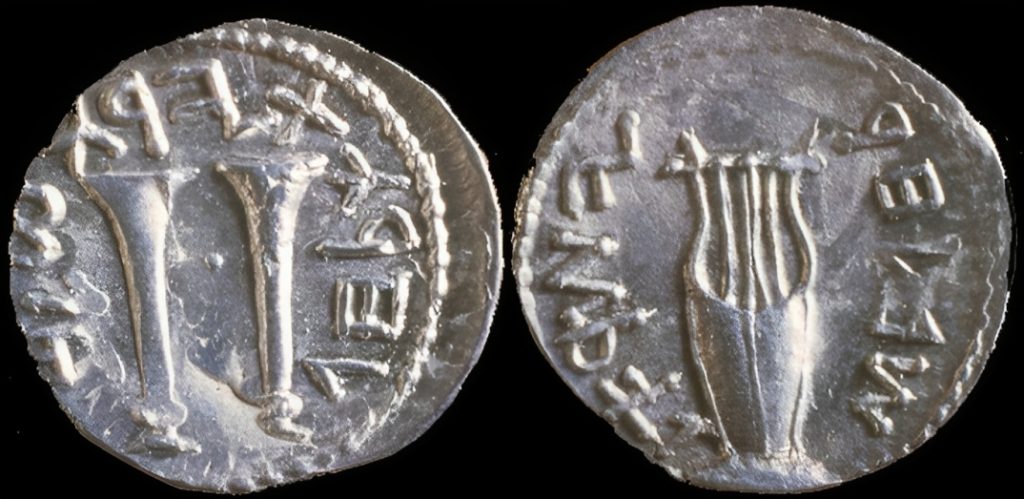
Evidence in the café suggests that it was used during the Bar Kokhba Revolt, which happened between 132 and 136 A.D. Coins were found in the cave that were issued by the Bar Kokbha rebel state, suggesting that it was a haven for fugitives from the Roman state.
Along with the coins, several weapon caches were also uncovered, adding to the idea that it was a hiding place for the rebels. The coins and weapons were found closer to the mouth of the cave, but an even more intriguing discovery happened a little later that changed how we see it.
Oil Lamps Suggest Rituals
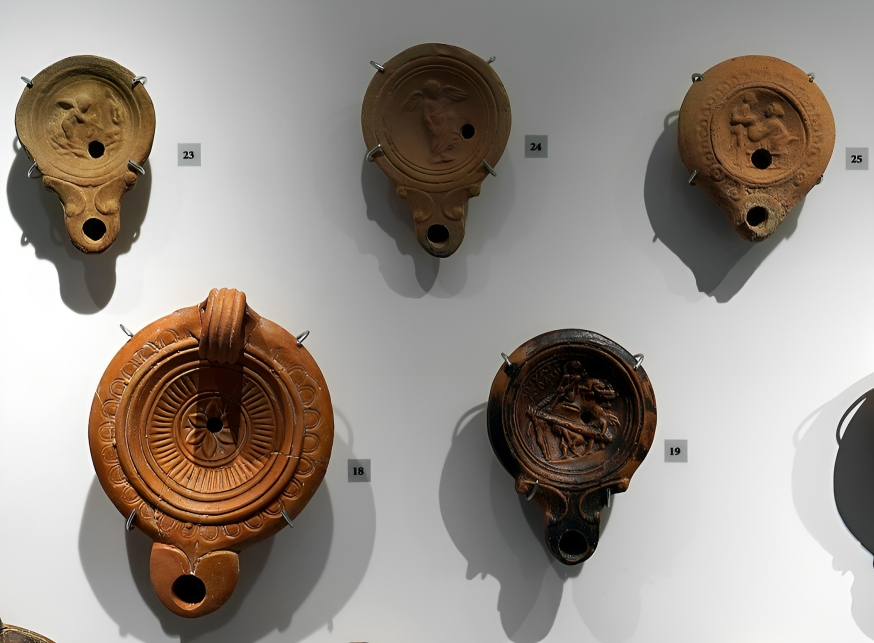
Researchers uncovered a vast collection of 120 oil lamps during their 2010 to 2016 survey. While it’s common to find lamps inside dark caves, the position of the lamps compared to human skulls found nearby suggests that the lamps were not really used for lighting up the cave.
Further excavation unearthed axe heads and daggers. While the researchers initially thought these artifacts had been dragged deeper into the cave by rats, they eventually revised that decision. A single crevice changed how they looked at these artifacts and their use in Greco-Roman times.
Necromancy Was Banned…For Many

In many religious texts, there’s a dedicated statement against using necromancy. The dead were thought to have unique insight into the past, present, and future. As a result, many people practiced necromancy to tell the future. The Roman Empire had a law against doing so, but that didn’t stop people from trying it.
People didn’t feel too bad flaunting the rules because Roman Emperors were already doing so. From Nero to Elagabalus, Roman rulers would use necromancy to see if their rule would be memorable and successful. Emperor Valerian actually sacrificed his children to secure his rule, thanks to necromantic urging.
Death Was Never the Final Stop
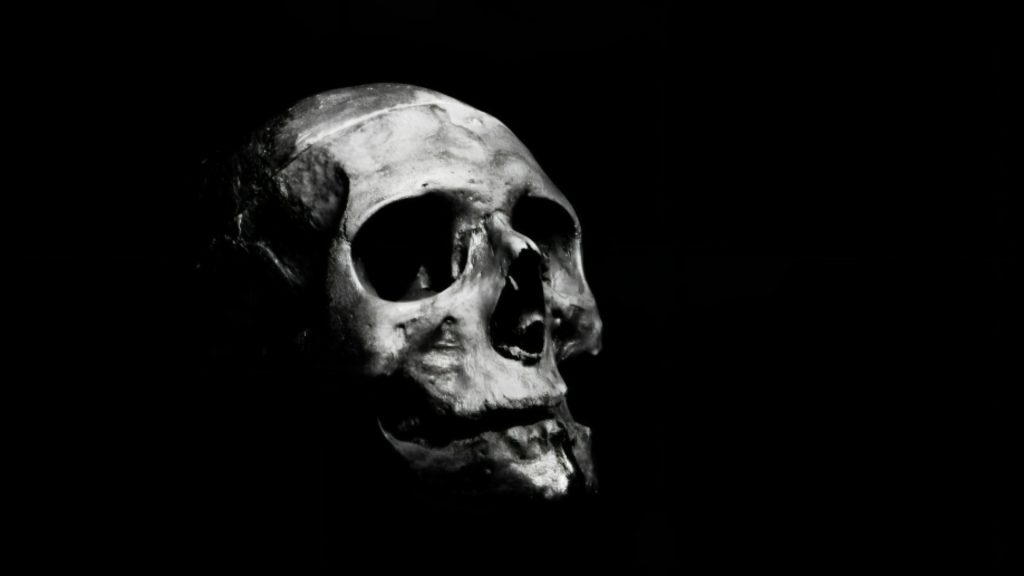
In most societies, death was not an end to a person, merely a change of state. Ancient civilizations believed that the dead knew everything that the living didn’t, and so communing with any one person’s spirit could advise them on how to proceed with their decisions.
The Romans and Greeks believed that the spirits of the dead knew things the living person would be privileged to, but not things hidden from everyone. Naturally, this meant that to find out specific facts, someone would need to seek out particular spirits.
The Special Alcove Helps Outline The Activities
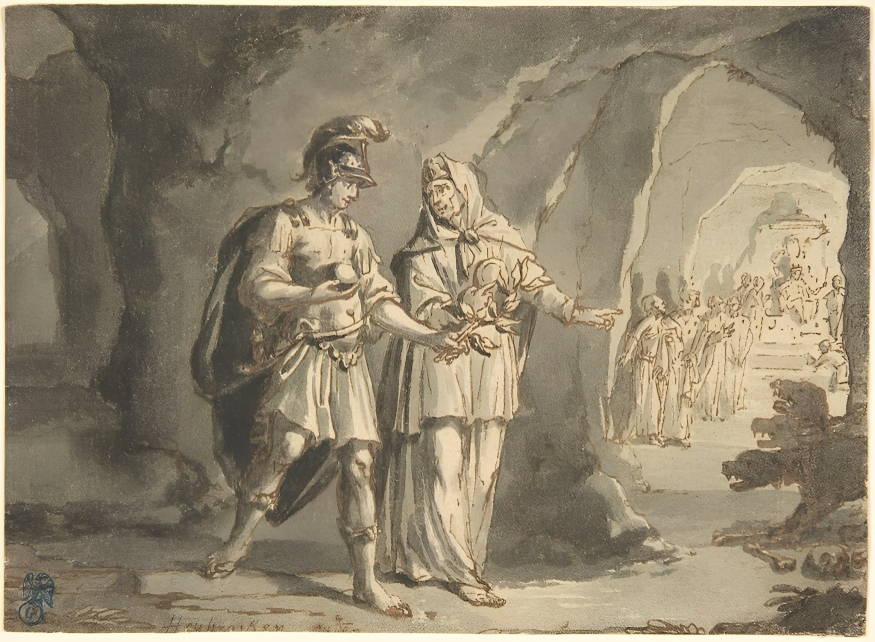
Back in the cave, scientists found an alcove with a human skull placed over four oil lamps. The peculiar placement could only mean that the lamps and the skull were used in a necromantic ritual. It also corrected the idea that the artifacts were dragged by rodents to the back of the cave.
According to Boaz Zissu from Bar-Ilan University and Eitan Klein from the Israel Antiquities Authority at Ashkelon Academic College, “The Te’omim Cave in the Jerusalem hills has all the cultic and physical elements necessary to serve as a possible portal to the underworld.”
Necromancy Was Widespread In History
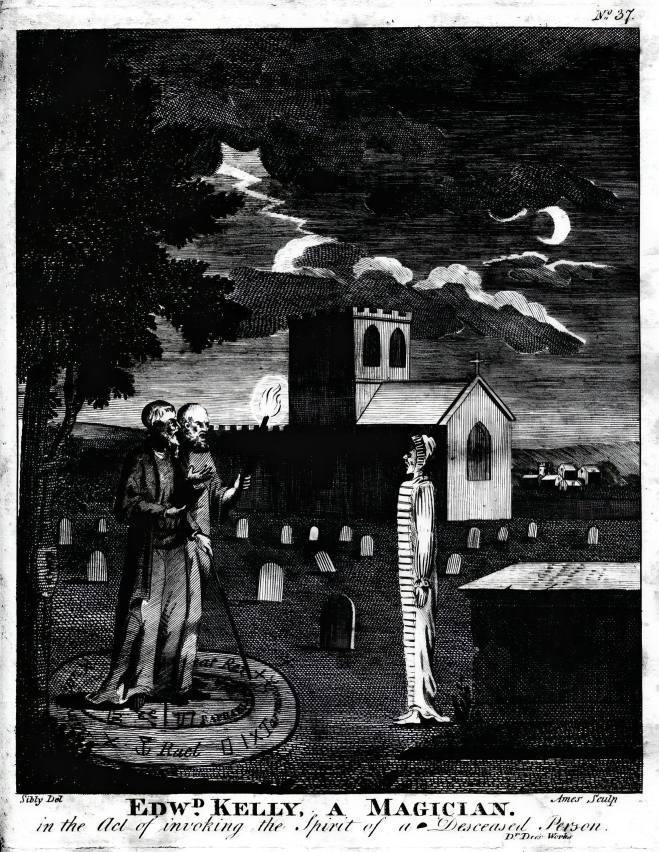
It might be shocking to some to encounter something like this in a cave. However, the idea of communing with the spirits of the dead forms a core part of many ancient societies. Researchers believe that one of the core tenets for determining whether a society has matured is if they bury their dead.
Yet burying the dead is only the first part of developing a mythology for what happens to the spirit after they die. In many civilizations, an “underworld” exists, where the dead roam under the control of some deity. Naturally, these spirits would know things humans wouldn’t, or else why would The Gods keep them separate?
It Was Also Present In the Middle Ages
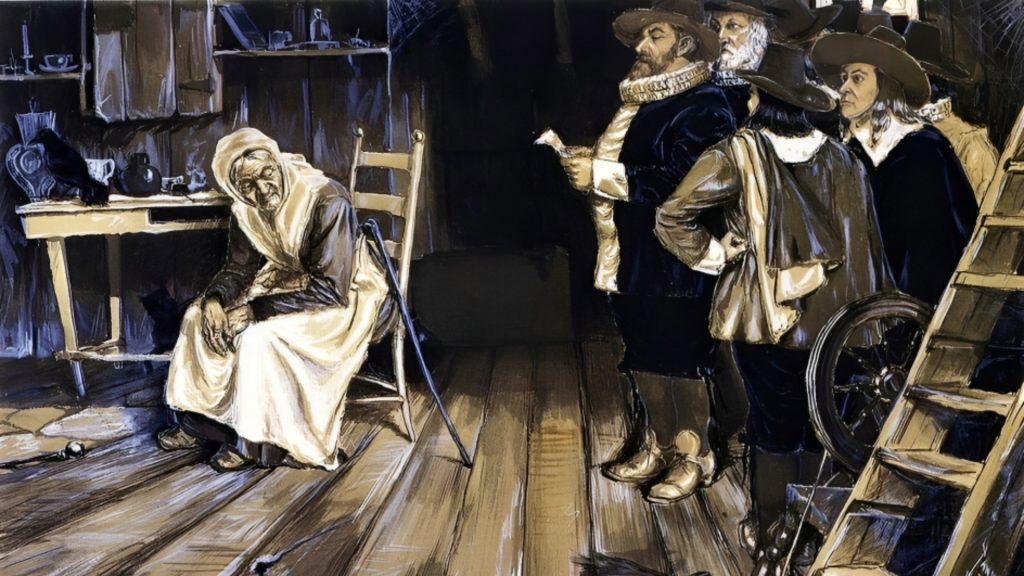
During the Middle Ages, the Catholic Church ruled Europe, and it hated necromancy with a vengeance. The Church encouraged people to become “witch hunters” and had them search out witches with the help of a book called the “Malleus Maleficarum,” which literally translates as “Hammer of Witches.”
Medieval necromancy combines several different sources. Christian mythology mixes with Arabic mysticism and Jewish teachings to make something that’s from none of these cultures directly. Surprisingly, many practitioners were clerics of The Church, delving into demonology and astrology.
Necromancy In Ancient History
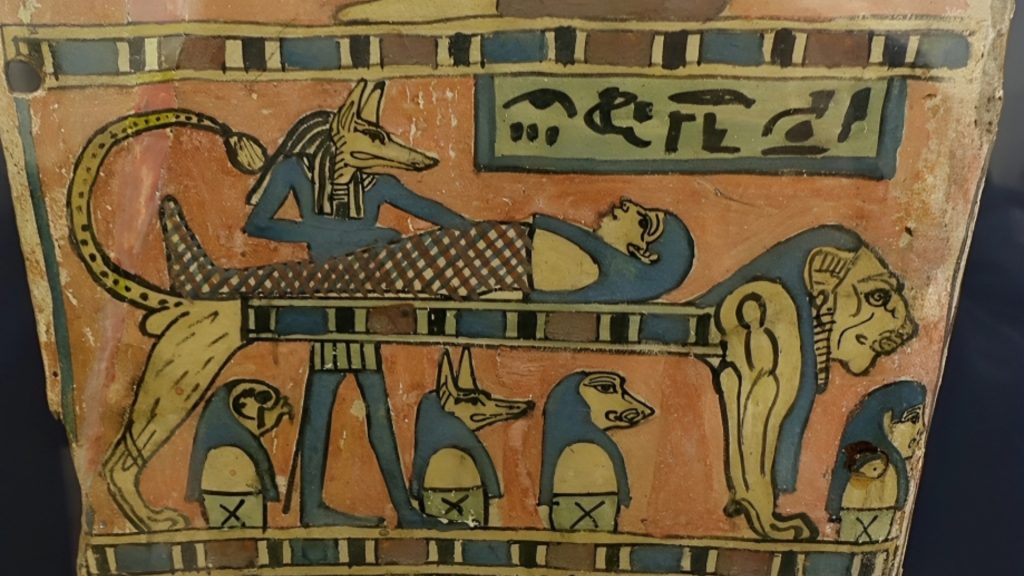
Recorded history gives us a good overview of “communing with spirits” across antiquity. Egyptians had Anubis, the God of Death, who controlled the underworld. His followers would have complex rituals to communicate with the spirits of the dead to foretell events such as flooding and locusts.
In Ancient Greece, Hades ruled the world of the dead, with temples erected to his glory throughout the city-states of Greece. Communing with the dead is celebrated in the Greek tale of Orpheus and Eurydice, suggesting that it wasn’t such a strange occurrence to seek out the spirits of the dead.
Raising the Dead in the Levant
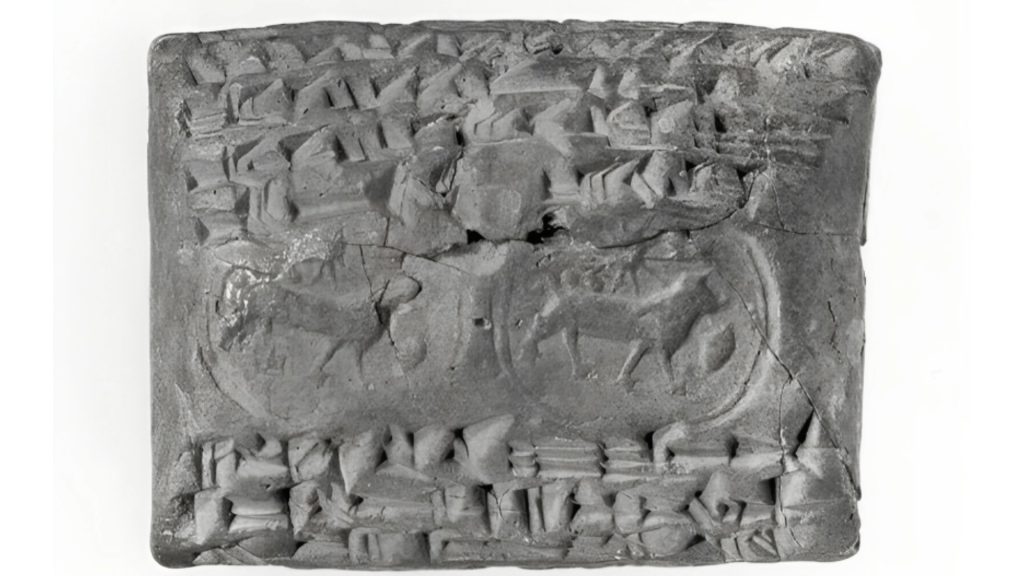
This region of the world does have quite a longstanding tradition of dealing with the dead. Cuneiform tablets found in Mesopotamia outline several rituals for summoning the dead. They further mention the sun god Samas to bring ghosts up from the darkness and reanimate a dead man.
These tablets stand the ravages of time, but other sources have existed in the past that have been wiped from the record. Several “purges” have sought to destroy books that claim to help raise the dead. Kings and governments have always been wary of letting these rituals go on.
Prohibited By Israelite Religion

Other civilizations didn’t have so much qualms with talking to the dead, but the Israelites were explicitly banned from doing so by their God. There are several references to “bone conjurers” in the bible, suggesting that the Israelites avoid engaging with them at the peril of their souls.
That exhortation makes this find uniquely intriguing. The location of the skulls, along with the coins and other paraphernalia from the rebellion, suggest that these were people fighting to free themselves from Roman domination. It also seems that they didn’t really care which deity helped them achieve their goal.
Other Writings Give Intense Details
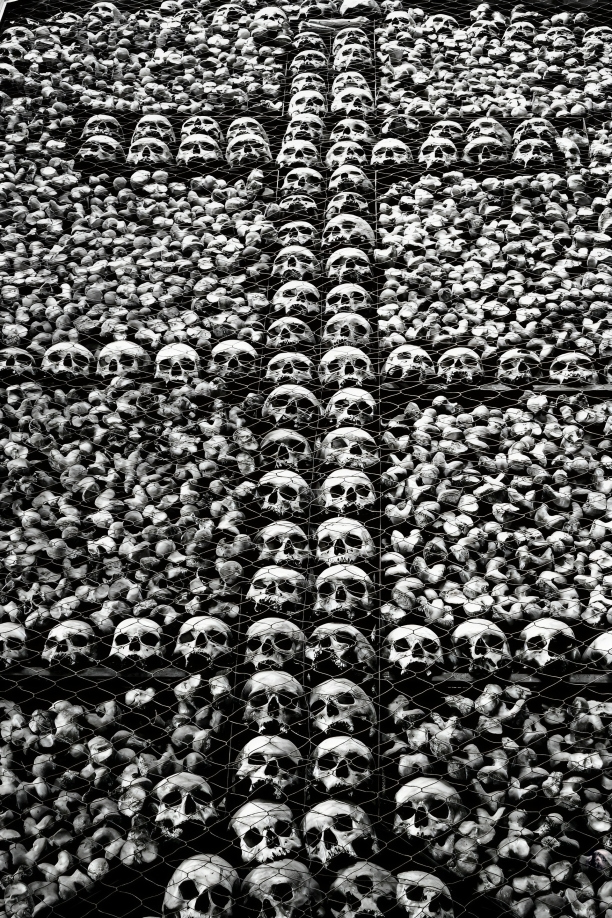
Entire books of sorcery were written during the 1st century AD. All we have left are remnants of these books since most of these were destroyed by the authorities. According to researchers, some of the spells mentioned are meant to have practical use once summoning the dead succeeded.
The detail on some of these spells suggests that the writer firmly believed that doing these things would reanimate these dead people. They seem to always combine some sort of blood, usually used in writing and the skull of a human or an animal.
Lamps As Necromantic Tools

Even though lamps have been used for lighting darkness, they’ve also had their place in dark rituals. The lamps, once lit, were supposed to guide the spirits of the dead back to the world of the living. Their arrangement was crucial, ensuring the spirit could always “see” the light.
Roman author Pliny the Elder notes that Persians introduced lamps to the Greeks as a tool to help them commune with the afterlife. Subterranean crevices in Corinth and Patras hold evidence of over four thousand oil lamps, showing how much the Greeks embraced this tradition.
Protecting Oneself From the Dead
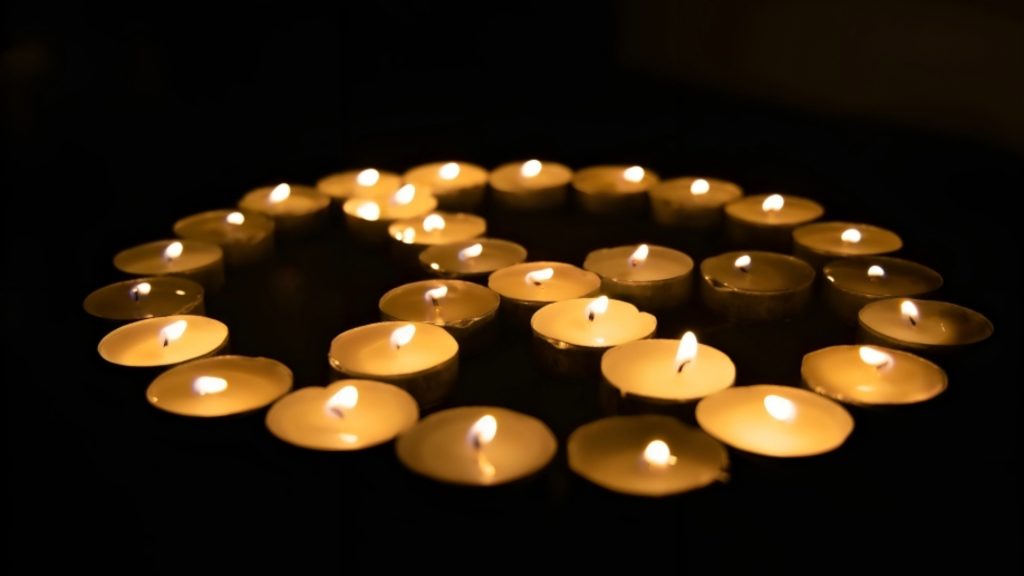
While necromancers in antiquity were eager to talk with the dead and discern their knowledge, they weren’t so keen on getting close and personal with the undead. Naturally, they devised methods to keep them safe from the undead, lest they be dragged to the underworld as well.
These “wards” took the form of magical circles or symbols that were supposed to limit the reach of the undead. In other cases, as described by Pliny the Elder, bowls and axe heads would be used to limit the influence of the spirits of the undead in the living world.
Further Evidence of Necromancy
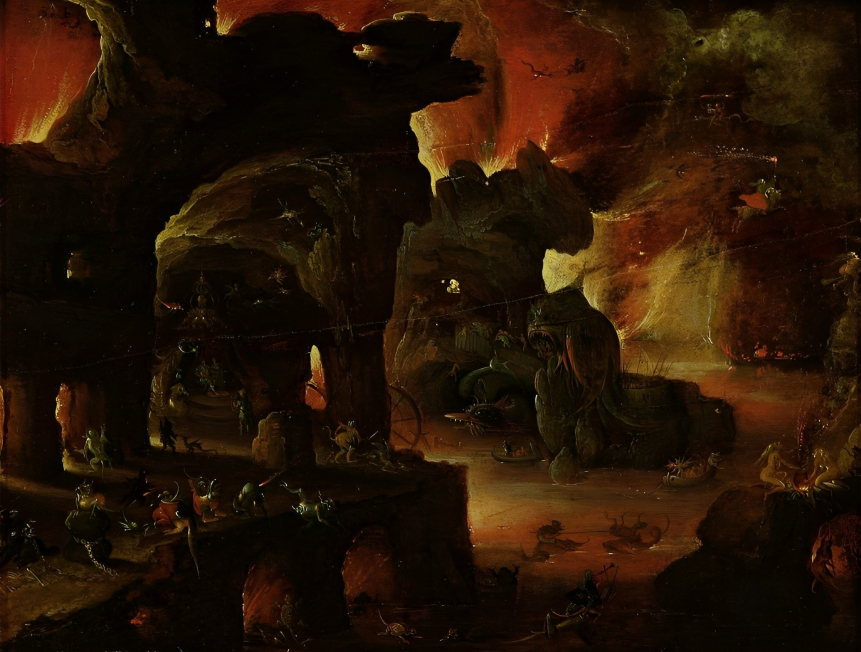
Te’omim Cave contains many lamps, skulls, bowls, and axes. These ordinary items could be innocent, but based on where they were found and what was found near them, it’s safe to assume that these were involved in necromantic summoning, at the very least.
So, what does that tell us about the cave? It’s evident that mystical elements of a “door to the underworld” make it likely that some oracle existed here, giving out warnings about the future. The difficulty in getting to the artifacts also suggests that these were put there for a particular purpose.
Why Does Society Hate Necromancy So Much?

For those who don’t believe in the esoteric and mystical world or the skeptics among us, it’s hard to see why societies in the past (and even the present) fear necromancy so much. They’re a collection of rituals meant to comfort and maybe encourage others in a belief system.
Many of the reasons states and religions dislike necromancy come from the level of control it could have over a person’s life. If a necromancer could convince people that they could call the dead to haunt them, they could theoretically get anyone to do anything. It disrupts the natural order in societies and gets banned as a result.
Necromancy In The Modern Age
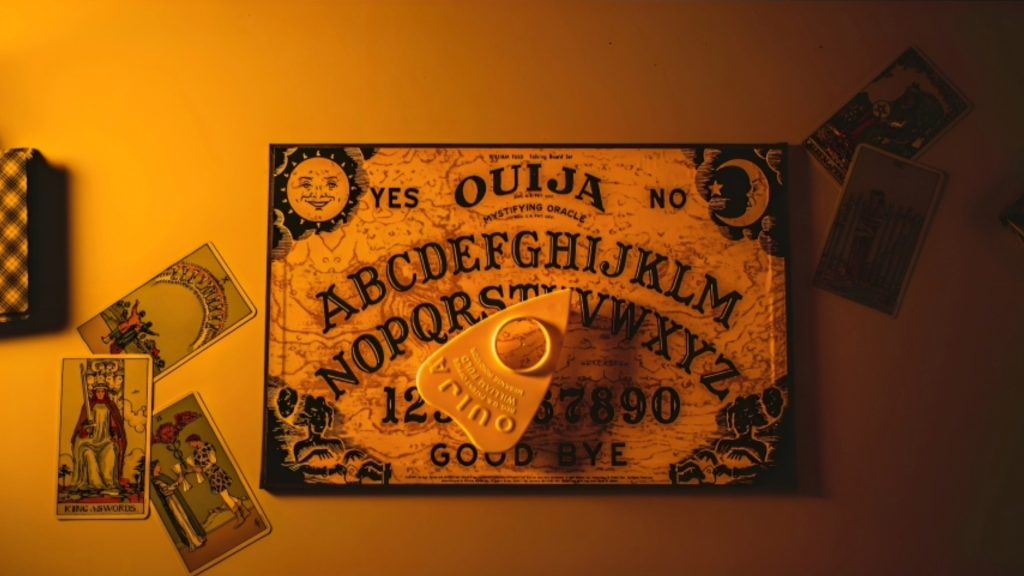
Toward the end of the nineteenth century and the start of the twentieth, seances became all the rage in England and the US. There would be vast gatherings of people aiming to communicate with the dead. Harry Houdini, the famous escape artist, was one of those who attended these seances.
Today, there may still be factions of people who seek to commune with the dead, but it’s no longer such a taboo topic. Stores even sell Ouija Boards as a game, considering that there may not be any actual evil stored in the implements. Yet still, there are those who revere the occult.
Does That Mean the Cave is Haunted?
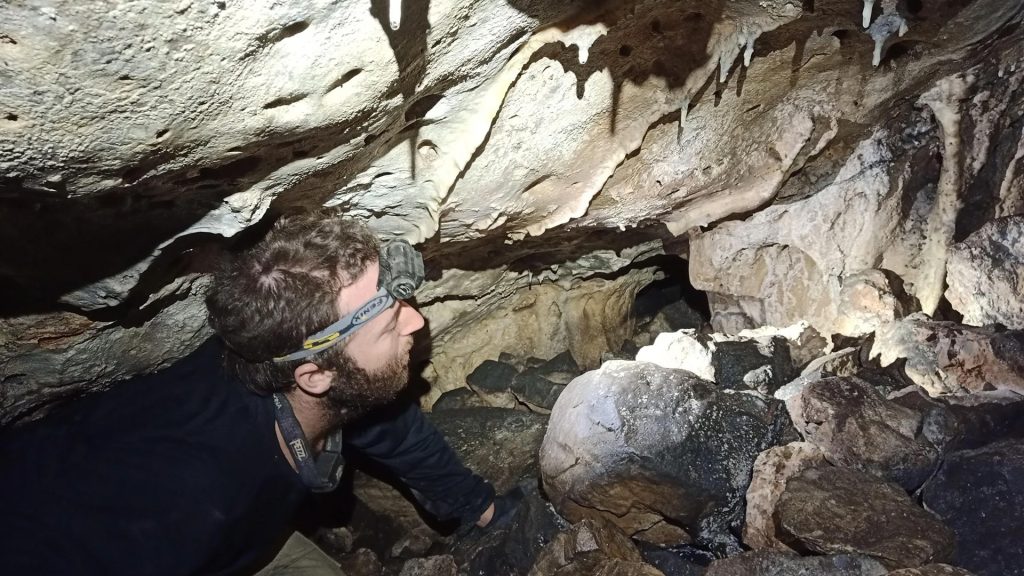
Ghosts are the remnants of spirits, and some texts suggest a poorly performed necromantic summons would leave a ghost behind. If these summoners or oracles of the dead didn’t know what they were doing, could they have left a ghost behind to haunt the cave system?
Necromancy claims to commune with the dead, and it’s clear that ghosts are “undead” of some sort. However, there’s no scientific evidence for ghosts, suggesting that the cave isn’t haunted at all. It should be safe for visitors to trek through.
Necromancy and What It Tells Us About Belief Systems

Necromancy, magic, and their associated mysticism stemmed from a time in human history when we humans didn’t understand much about the world around us. Archaeology gives us a glimpse into this past and answers some questions.
Humans are curious creatures, and that’s mainly why we’ve survived for so long. Yet, everything we learn about the past leads us to more questions. Why did these rebels opt to ask the dead for help instead of their God? Did they actually communicate with the dead? Your guess is as good as ours.




